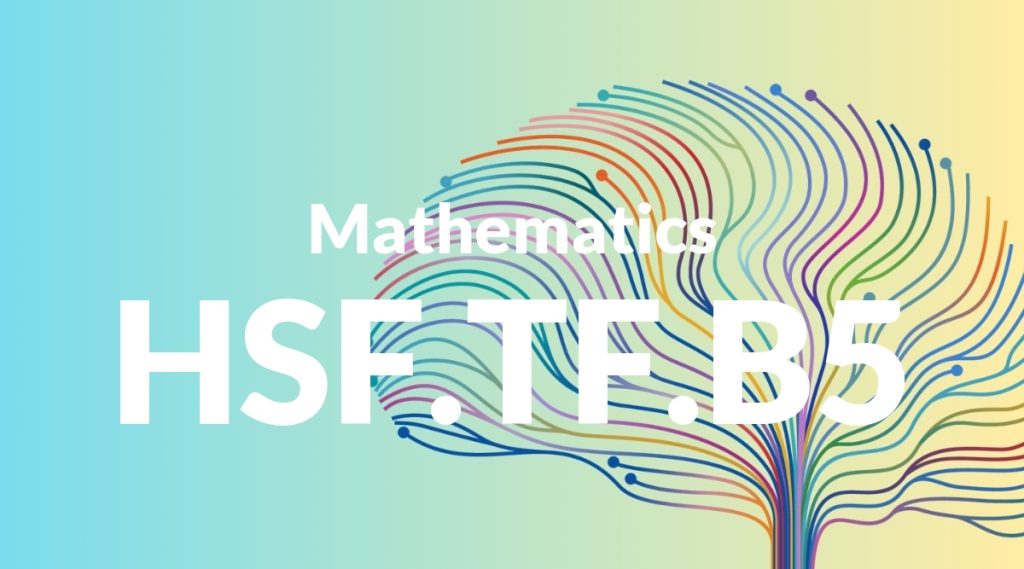Standard: HSF.TF.B5 – Choose trigonometric functions to model periodic phenomena with specified amplitude, frequency, and midline.*
Grade level: High School: Functions
Subject: Mathematics
Domain: Trigonometric Functions
Teacher Overview
This standard focuses on using trigonometric functions to model periodic phenomena, which is crucial for understanding various real-world applications such as sound waves, tidal patterns, and signal processing. Mastery of this standard helps students develop a deeper understanding of how mathematical concepts can be applied to analyze and predict natural and engineered systems. Students should understand basic trigonometric functions, such as sine and cosine, and their properties. They should also be familiar with the concepts of amplitude, frequency, and midline.
After mastering this standard, students will be able to apply trigonometric functions to more complex real-world problems, including engineering and physics applications. They will also be prepared to study advanced topics in calculus and differential equations.
Common Misconception 1
A common misconception is that amplitude and frequency are the same. This is incorrect because amplitude measures the height of the wave, while frequency measures how often the wave cycles.
Intervention 1
Use visual aids and interactive tools to differentiate between amplitude and frequency, showing how each parameter affects the graph of the function.
Common Misconception 2
Another misconception is that changing the midline affects the amplitude or frequency. This is incorrect because the midline only shifts the graph vertically without changing the wave’s height or cycle rate.
Intervention 2
Demonstrate with multiple examples how the midline shifts the graph vertically but does not change the amplitude or frequency.
Prerequisite Knowledge
Students should understand basic trigonometric functions, such as sine and cosine, and their properties. They should also be familiar with the concepts of amplitude, frequency, and midline.
Subsequent Knowledge
After mastering this standard, students will be able to apply trigonometric functions to more complex real-world problems, including engineering and physics applications. They will also be prepared to study advanced topics in calculus and differential equations.
Instructional Activities
- Graphing trigonometric functions with different amplitudes, frequencies, and midlines
- Using software tools to simulate periodic phenomena
- Analyzing real-world data to identify periodic patterns
- Collaborative projects modeling real-world periodic phenomena




